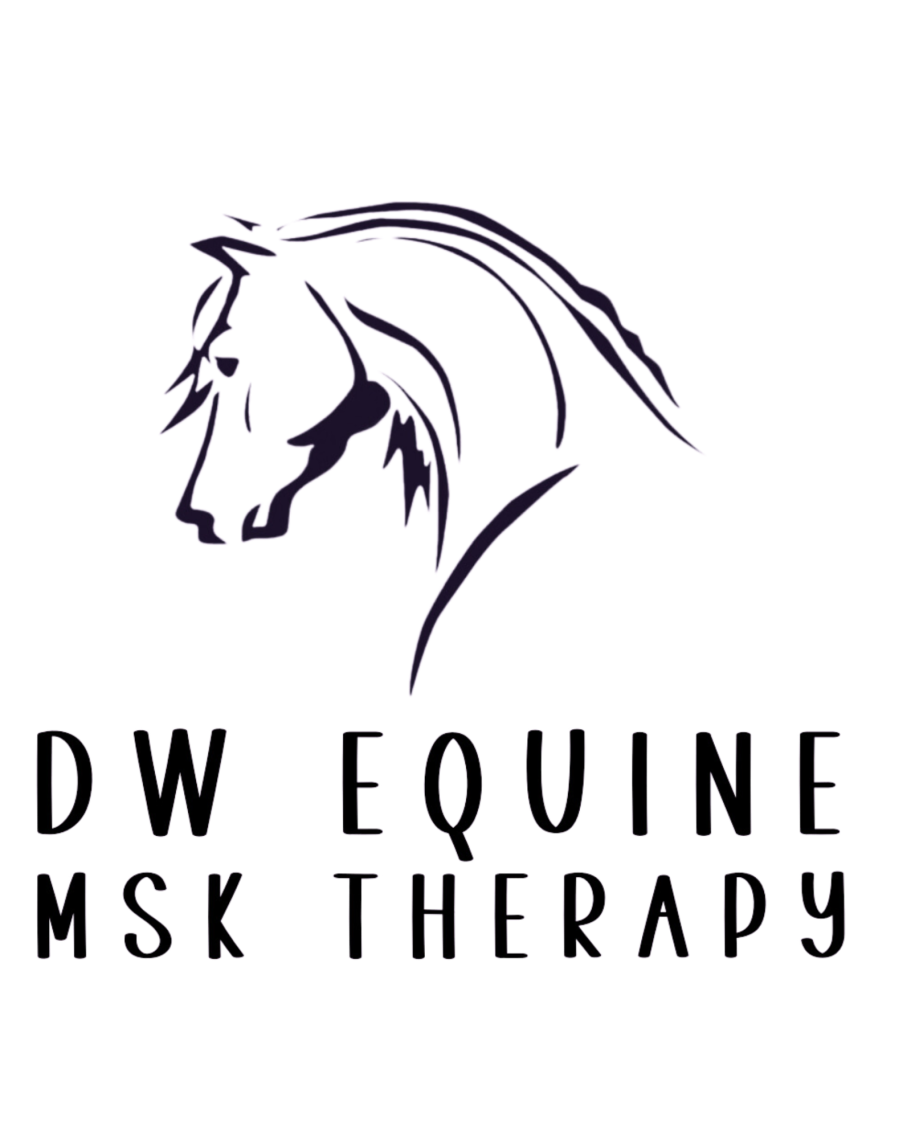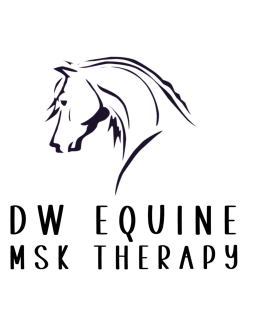Massage gun VS Therapist
Since massage guns were first introduced to the sports world they have been seen globally in a variety of shapes, sizes and prices.
Now they are becoming increasingly popular in the equine world to give your horse regular massage, but are they better than getting your local massage therapist out?
Or is it a sound investment that will end up replacing your therapist?
Lets take a look at some of the main differences.
Equine Massage Therapist
- Analyses the static and dynamic conformation of the horse
- Works the whole horse using a variety of strokes & pressures
- Cost approximately £40-50 per massage
- May have to pay travel costs
Massage gun
- 1 off payment £30-£200
- Comes in a variety of sizes & colours
- All brands do the same
- 1 style of movement used in a variety of speeds
Looking at these facts you may be tempted to go down the route of ditching your therapist and investing in a massage gun that you can use yourself, but let’s delve a little deeper into the differences as well as the pro’s and con’s.
Think of when your massage therapist comes to treat your horse. They will look with their eyes and listen with their ears to ascertain any visual or noise discrepancies and yes you can do that too, but you see your horse every day and you may not notice things as quickly or at all as would a professional therapist.
As well as looking and listening they have an extra tool which is even more powerful, touch.
With their hands, they are not only looking and listening with their eyes and ears but assessing with their hands too. A professionally qualified massage therapist will be able to feel every bump, lump, tension, spasm, knot and heat throughout the horse’s body and be cataloging this information as well as listening and watching as to how the horse responds to the touch. Are they becoming fidgety, aggressive or still as a statue. Do they change their breathing, or are they holding their breath, are they looking at you and watching what you are doing.
A massage gun won’t be able to do any of this. Yes, as an owner you should be able to identify some areas of tension and you may go over these with the massage gun until you think they feel a little better to you and assume that the problem is now solved.
Going back to the comparison between a therapist and their hands and a massage gun there is also one more glaringly obvious difference, besides the cost and that is the mechanics of the massage, how it is delivered.
A therapist will have learned a variety of different massage stroke types with varying pressures and tempos. A massage gun however only uses one type but the tempo can be changed.
The stroke that they both have in common and the only one that a massage gun uses is a percussion-like movement, which involves the rhythmic taponent style of massage. This is usually used by therapists to warm up the muscles and get the blood flowing, it can be used to reach deeper muscles and is often used as a type of warm-up exercise as well as releasing tension.
The massage gun can only use this style and although you can change the tempo of the gun you cannot change the mechanics of how it works, which means you cannot utilise variety and use a lighter stroke to start off with or be able to apply more pressure and know when to release it.
My final question is…. Is there a place for massage guns in the equine industry?
The answer is YES! There is a place for them and they are a useful tool in the right hands but should by no means replace the use of a good qualified Equine Sports Massage Therapist.
Basic Horse Care - What is counted as basic?
When someone asks you what is basic horse care, what do you immediately think of?
Feeding and watering?
Mucking out?
Poo Picking?
Grooming?
Regular Exercise - if applicable?
All of the above most likely. But what about Musculoskeletal therapy?
I can already see a lot of you disagreeing, stating that Equine therapy isn’t a basic horse care need.
You would be partly right, as not all musculoskeletal therapy should considered a basic need, except for massage therapy.
The 1966 Veterinary Surgeons Act, section 19.24 states that massage therapy is classified as a maintenance therapy.
Equine Massage therapy is often considered a luxury, something to treat your horse with every now and then. However, it is a vital tool in maintaining a horse’s health and performance.
Massage uses a variety of tools each with its own set of benefits. They’re not only soothing but also therapeutic. Massage therapy offers relief from and prevents injury and stress while improving range of motion and enhancing performance.
At the core, equine massage’s fundamental goal is the relaxation of the skeletal muscles, using techniques to help induce calmness and alleviate tension.
Equine massage is also used as a preventative measure, aiding in the early detection of potential issues such as repetitive strain or muscle imbalances, which is crucial for a horse’s longevity and career sustainability.
Equine massage isn’t just a nice treat, it’s a proactive, forward-thinking approach to equine care, emphasising consistent muscle health and flexibility for happy, healthy and high-performing horses.
In conclusion, Equine Massage therapy is not only fundamental for enhancing a horse’s well-being and athletic performance. But by focusing on the horse’s muscular health and joint mobility therapists can unlock a new level of flexibility, vitality and longevity. Research shows that horses receiving regular massage therapy experience less stiffness, recover from injury faster and generally show an overall improvement in their disposition.
It is clear that Equine Massage Therapy is more than a luxury; it’s a vital component of basic horse care.
Conformation Vs Posture - Which is more important?
When we think about conformation of the horse what are we looking for? Good conformation would be that the horse is in proportion, matching shoulder/pastern angles, neck set not too high but also not to low, a back that is neither too long or short. Do they fit in a box and check all the boxes on that confirmation checklist you have in your head.
When assessing a horse for purchase good conformation is highly taken into account as to how well the horse will perform and the likely hood that they will go lame. A horse with good conformation will always out perform a horse with bad conformation…
But is that true?
Without a doubt a horse with good conformation over bad will have a head start and a better foundation to build on than poor conformation but does it guarantee long lasting soundness and superior performance?
Well the answer is, No. Not necessarily. We’ve all seen it at some point or another we have come by a horse which you look at and wonder how the hell is that thing sound, let alone performing and performing well.
The truth is good conformation is just one ingredient in a complicated recipe of the modern day horse, it gives you a solid base to build on but it isn’t the be all and end all.
A horse with poor conformation could do better and be sounder if it has more of the correct ingredients thrown in with it.
Which leads us onto posture.
What come to mind when you think posture? For me it stems back to childhood and being told to sit up straight don’t slouch. In the equestrian its about how you sit in the saddle, shoulders back, heels down, keep the ear/shoulder/hip/heel line, don’t collapse in on yourself.
This goes for horse’s as well, if they don’t carry themselves right then they are opening themselves up for a multitude of problems whether they have good conformation or not.
In the wild this wouldn’t matter too much as they would spend 80% of the time wandering and foraging with their head down and their muscles in a neutral position.
But in the modern day horse things get a lot more complicated. From day one with training our horses we go against their natural instincts, we separate them from a heard, we stick them in a 12x12 box, tie them to immovable objects and lastly we sit on their back an teach them complicated movements, ask them to run faster for longer, jump bigger more elaborate obstacles and use their bodies in a way they weren’t created for.
One of the first things we do when thinking about backing a youngster is to put them on the end of a lunge line and ask them to walk, trot & canter in a constant circle, to start off with you wont ask much more of them but before long you will want them to bend the correct way, put their head down and work on the bit, you’ll start adding training aid and gadgets to achieve this.
But posture is often not taken into consideration. When it should be the second thing after their conformation.
How do they carry themselves? Do they naturally have a high head carriage, like a Welsh, Friesian or Arabian, are they short coupled and stocky like a Cob or Draught horse. Are they lithe and athletic looking like a Thoroughbred or are they a fluffy little native pony or a Shetland.
These are all the first things we look at. But it needs to go deeper, when your looking for a horse/pony for a specific job or backing the young horse you bred or imported from America, Argentina or Germany, you need a plan. A more modern plan than the age old chuck them on the lunge for a couple of weeks with a saddle on, 3 weeks in add a rider on and by month 3 your out hacking, having lessons, jumping small jumps, going cross country schooling.
But have you put in the ground work to prepare your horse for this? Did you build up their strength, stability and movement before throwing them on the lunge, adding a rider and hoping for the best.
Have you taught them how to use their bodies, how to carry themselves, find their balance?
Remember the horse isn’t built for having riders on their backs, its not what they were designed for. Take the musculature of the back for example. The majority of the horses skeletal muscles are positioned above the vertebrae, to hold and support the internal organs correctly, by adding the weight of a rider we are compromising this musculature making it work harder to maintain the support it was designed for.
If these muscles aren’t prepped, worked and stabilised before adding a rider you are making the first cut in a thousand slashes that could lead to common injuries. Even if they have the best conformation in the world.
So going back to your first thought when you hear the word posture, sitting up straight, use your core muscles etc, as humans when we don’t do these things we experience problems, sore back, knee injuries, tight muscles the list could go on. Its exactly the same for horses.
How often do you do core strengthening exercises with your horse?
Have you taught them how to move in a straight line, how to carry themselves with a neutral spinal position.
These are all things that build good posture and are the foundation of correct training.
Below are some examples of both good and bad posture/conformation - Some will be obvious, others less so. I'll let you decide which are the best of both worlds
I want you to go away today and think of these final questions I ask you.
Does my horse have good conformation?
Does my horse have good posture?
Do I factor in strength and conditioning training into their daily regime?
If you would like to know more, have your horses assessed or just to discuss this topic with me then please get in touch at danni@dwewquinemsktherapy.co.uk or through my social media accounts @dwequinemsktherapy on Facebook and Instagram.
Thanks for reading!
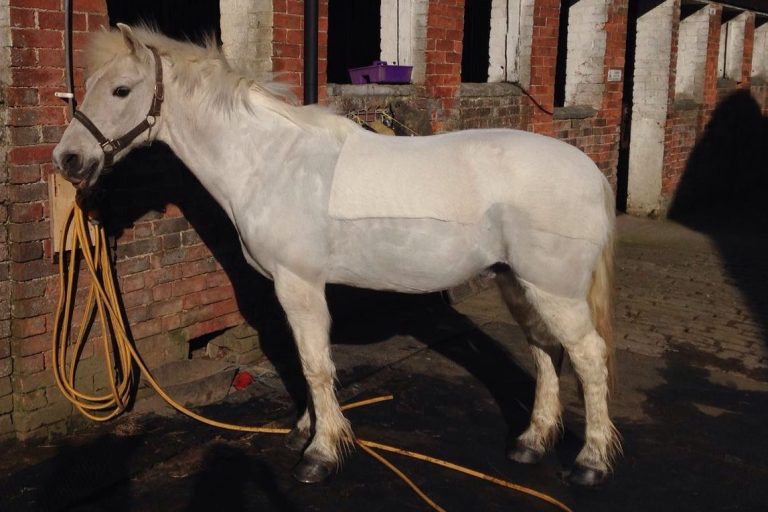
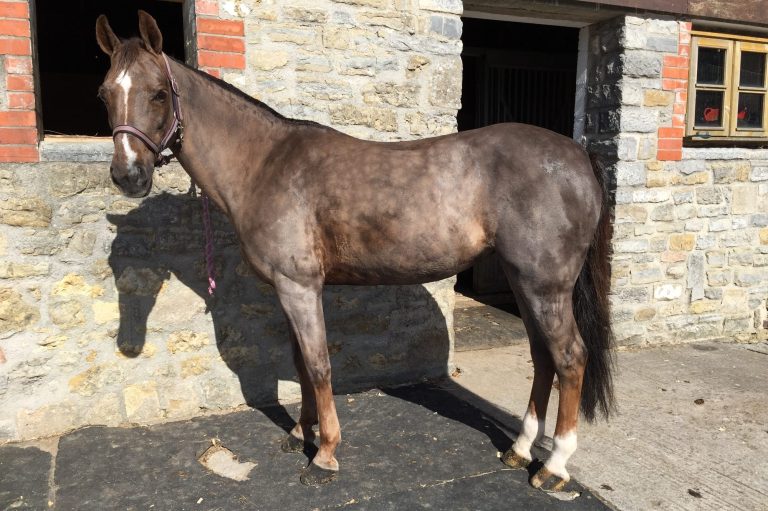

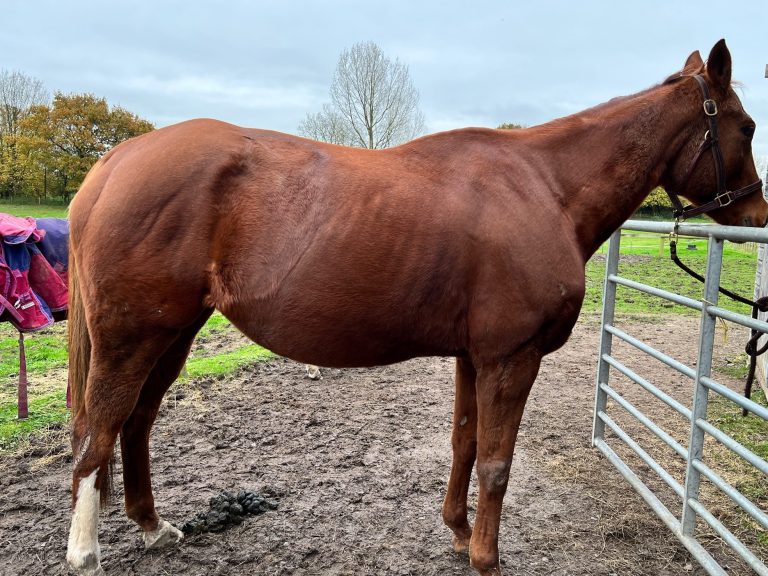








Upcoming blogs subjects.
- The overweight horse - How does it affect the musculoskeletal system?
- Why & how to correctly use a mounting block.
- How well do you know your horse?
- Why Manual therapy isn’t enough.
- Are you laying the foundations correctly?
- Are we moving too fast with our young horses?
- My horse just goes lame.
We need your consent to load the translations
We use a third-party service to translate the website content that may collect data about your activity. Please review the details in the privacy policy and accept the service to view the translations.
